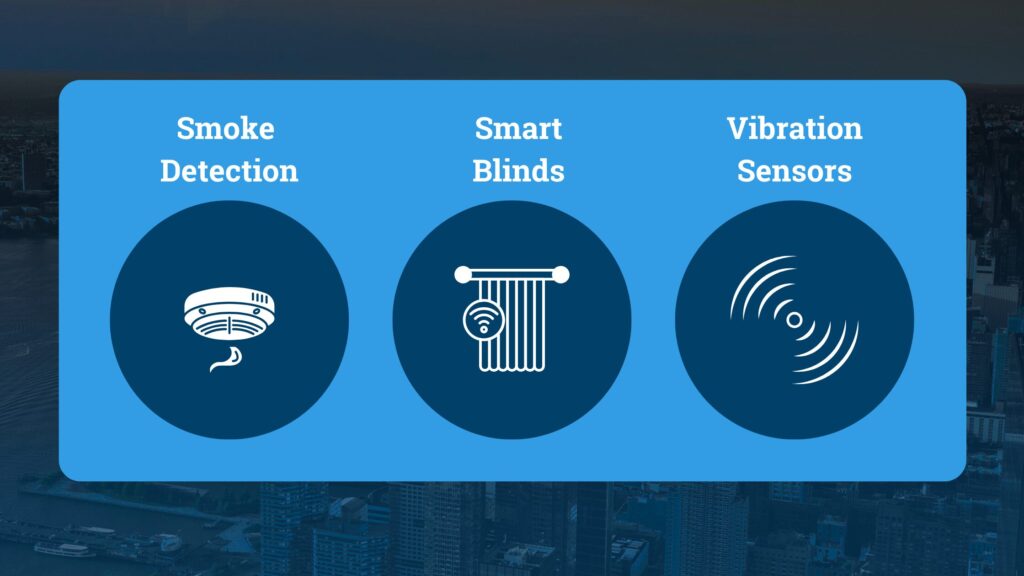If you’ve already built a smart home around Z-Wave, you might wonder whether it’s worth adding another wireless protocol into the mix. The short answer: A strong ‘Maybe’, it depends on your specific system needs. But if your question is whether adding Zigbee can add value to your system the answer is a resounding ‘Yes’.
Zigbee can complement and enhance your existing setup in powerful ways. While many smart homes started on a single protocol, today’s ecosystems increasingly benefit from hybrid networks that bring together the strengths of both Zigbee and Z-Wave.
Down below is a detailed look at why weaving Zigbee into a Z-Wave based home can unlock more device choices, better reliability, and long-term flexibility.
A Larger and More Affordable Device Ecosystem
One of the biggest advantages of Zigbee is the sheer size of its ecosystem. Because Zigbee chips are widely manufactured and relatively inexpensive, many vendors over the last few years have been preferring Zigbee over Z-Wave.
Some of the benefits of Zigbee:
- Lower-cost devices, particularly sensors and smart plugs
- A huge range of options, from mainstream brands (Philips, IKEA, Aqara, Etc) to countless niche manufacturers
- Faster Development cycles, meaning new products tend to appear on Zigbee before Z-Wave
If your Z-Wave system feels limited or cost prohibitive when adding new devices, Zigbee can significantly expand your options.
Access to Specialty Devices that Z-Wave Lacks

Z-Wave has strengths, especially in switches and high-quality sensors, but it doesn’t have everything. Zigbee fills in many poorly attended gaps with devices such as:
- Advanced lighting products, like Hue bulbs with smooth fading, scenes, and effects
- Ultra Compact environmental sensors
- Low Cost buttons and wireless remotes
- Low Cost Smart plugs with energy monitoring
- Niche Device Types, such as (Smoke Detectors, Vibration Sensors, Specialty Smart Shades)
Zigbee Dominates Smart Lighting
If lighting is a big part of your smart home vision, Zigbee is almost impossible to ignore.
Popular lighting ecosystems such as: Philips Hue, IKEA Tradfri, Innr, Sengled are all built on Zigbee because it offers:
- Quick and responsive control
- Clustering designed for dense lighting device environments
- Responsive, smooth dimming and color transitions
- Low cost chip manufacturing
Pairing a Z-Wave sensor network with Zigbee lighting is one of the most reliable and flexible setups you can build today for effective lighting.
Two Mesh Networks = Better Coverage and Stability
Zigbee and Z-Wave each build a robust mesh network, but they operate independently on different frequencies.
By running both, you get:
- Two self-healing networks that cover different areas of the home
- Less strain on any single mesh
- Reduced network congestion and strain by dividing the amount of devices on each network
- Reduced chances of a total network outage if one protocol has a problem
- More reliability in complicated environments
- The flexibility to address problem areas such as dead zones by choosing which network performs best in each situation
Broad Compatibility With Modern Smart Home Platforms
Platforms such as HomeSeer, Home Assistant, Hubitat, SmartThings, Zigbee2MQTT, and most Matter-ready hubs support Zigbee.
This means:
- Easy integration alongside Z-Wave
- Broad device compatibility
- Future-proofing as more systems adopt multi-protocol arrangements
Future-Friendly Path Toward Thread and Matter
Zigbee and Thread are both based on the same underlying radio standard (IEEE 802.15.4). Many modern hubs use multi-protocol chips capable of supporting Zigbee today and Thread/Matter tomorrow.
Adding Zigbee now can:
- Position you to adopt Thread-based devices later
- Allow upgrades without replacing your entire smart home setup
- Leverage dual-protocol radios already built into modern hubs
You can have the best of both worlds
Z-Wave excels in:
- Hardwired switches
- In-wall modules
- Long-range reliability in congested environments
Zigbee excels in:
- Bulbs
- Buttons and remotes
- Low-cost sensors
- Energy monitoring devices
- High-density mesh networks
Conclusion

Depending on your needs and your future plans with your system Zigbee integration can be an excellent value add in a multitude of ways. If there are certain devices or ecosystems that you currently use or plan on using in the future it is a must, but if the needs of your system are modest it may not be for you.
Currently HomeSeer offers 2 Zigbee options for integration. Our SmartStick ZB boasts the exceptional range and a cost effective means to add a Zigbee interface into your already existing system. Our Z-NET PRO which is currently on Pre-Sale is a dual network Z-Wave and Zigbee interface that allows you to add Zigbee on your already existing network or extend the range of your already existing Z-Wave and Zigbee systems. Along with the HomeSeer Zigbee Plugin for HS4 you can easily start your journey to adding Zigbee to your system today.
Check out our Black November Sale!

Just a reminder that HomeSeers biggest sale of the year (Black November) is still ongoing until the end of the month. So if you are interested in our ZIgbee products or interested in great discounts on HomeSeer products please click the link below and check it out!







2 thoughts on “Why You Might Want to Consider Adding Zigbee to Your Smart Home System”
Nice blog.
Your blog is a constant source of inspiration for me. Your passion for your subject matter shines through in every post, and it’s clear that you genuinely care about making a positive impact on your readers.
Comments are closed.